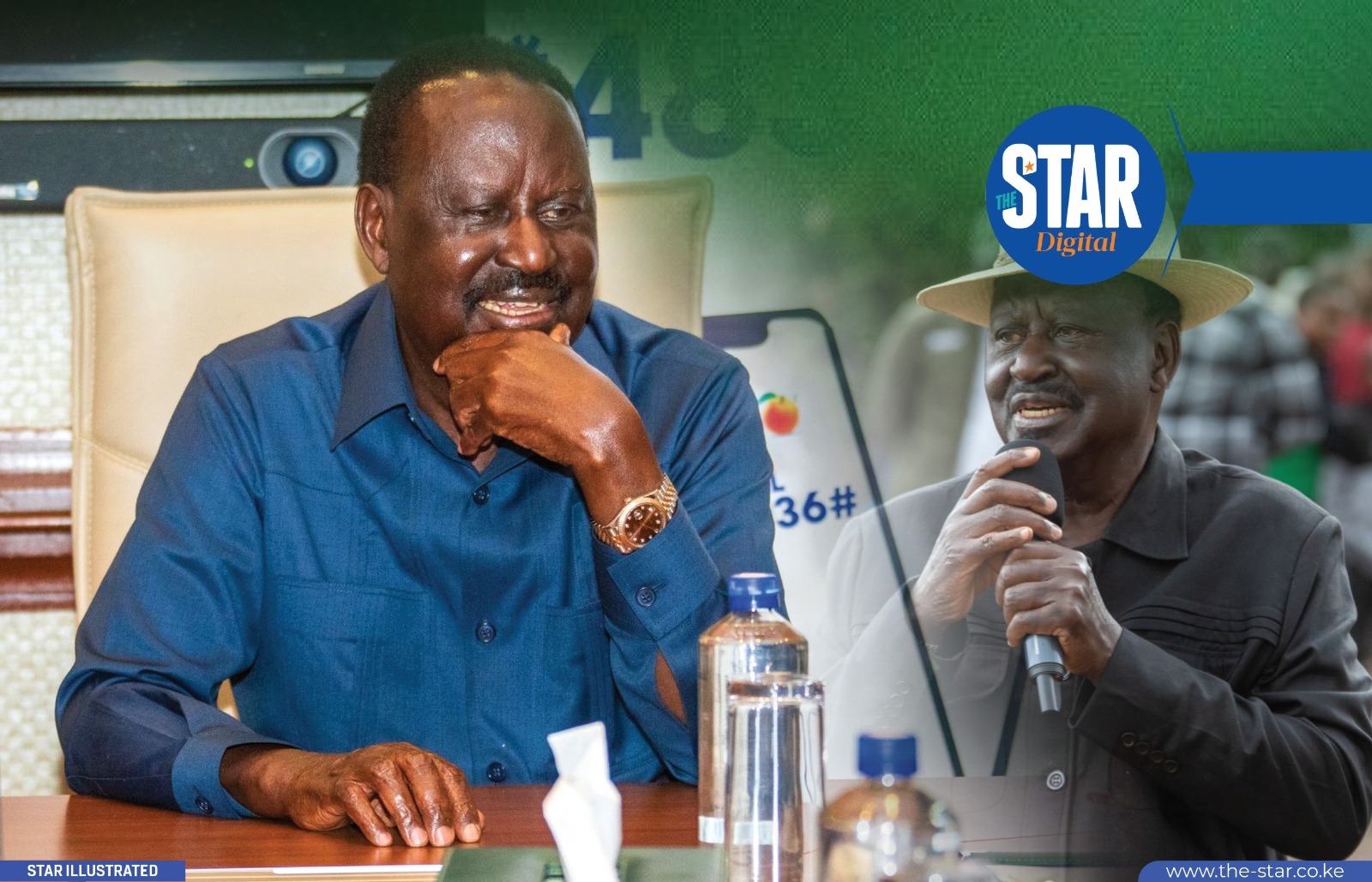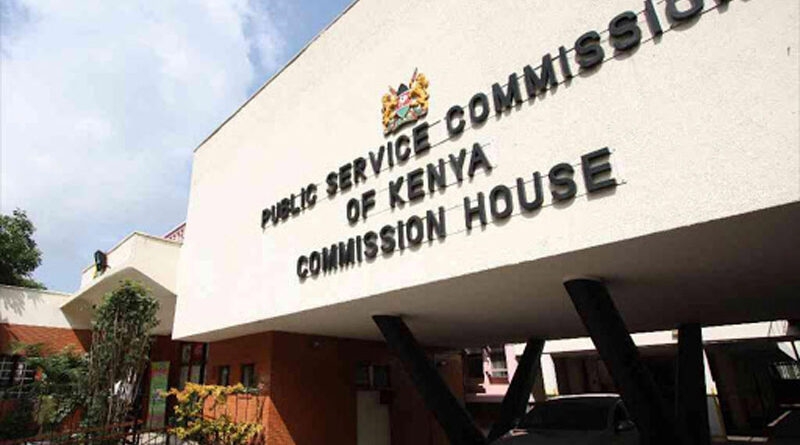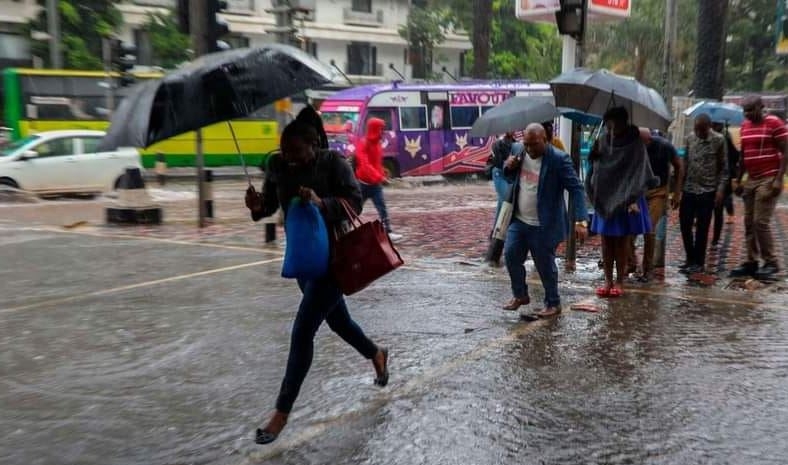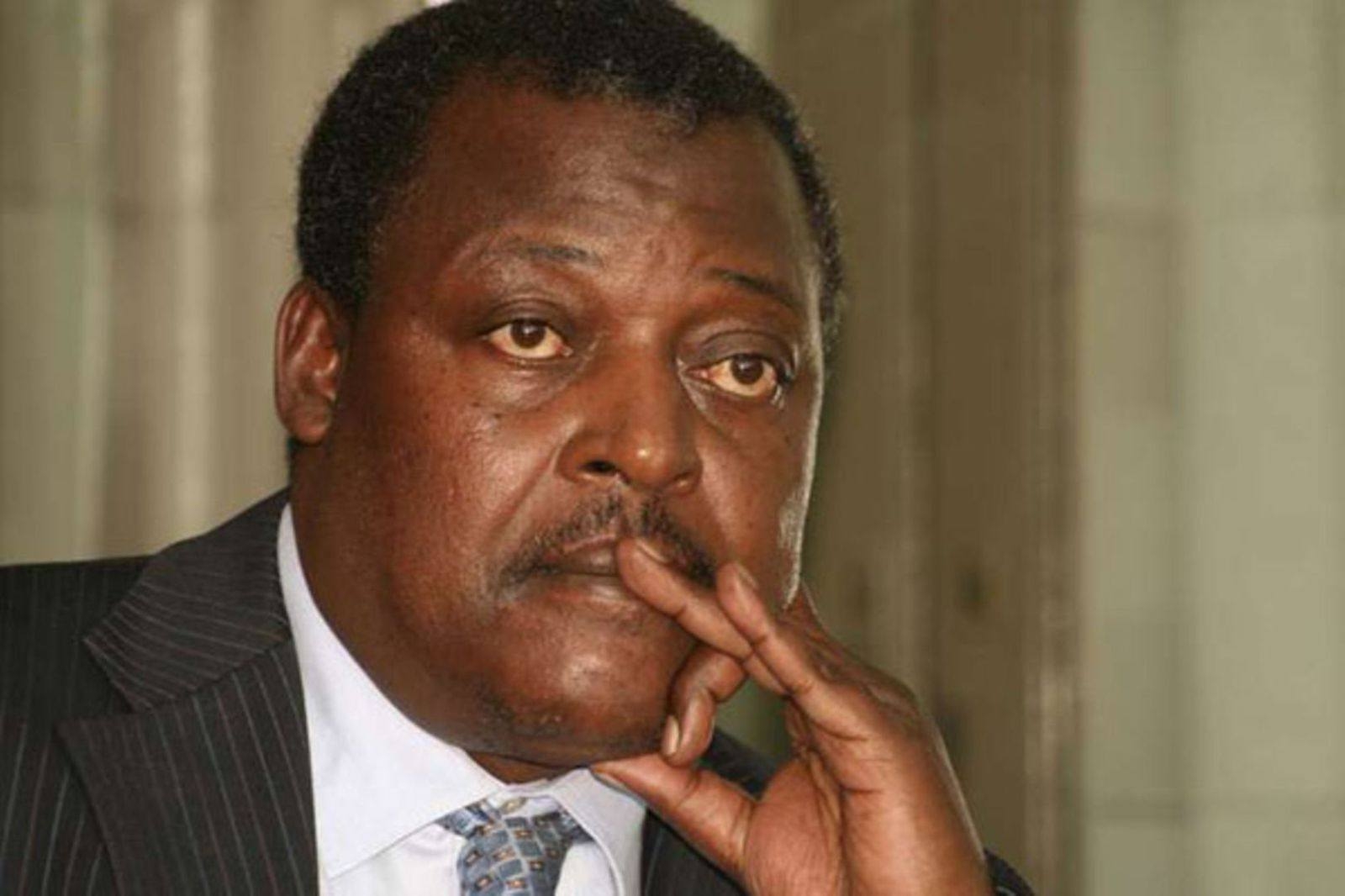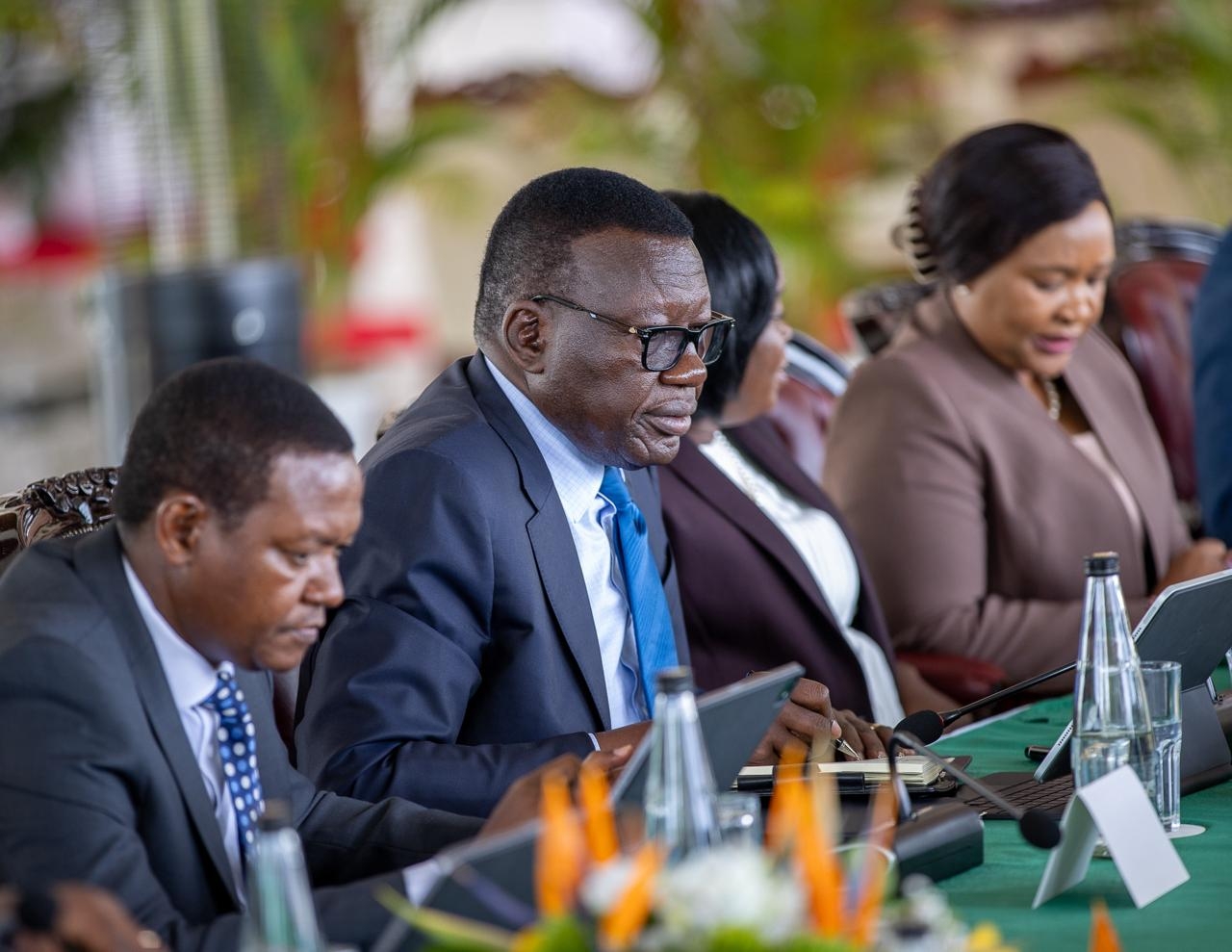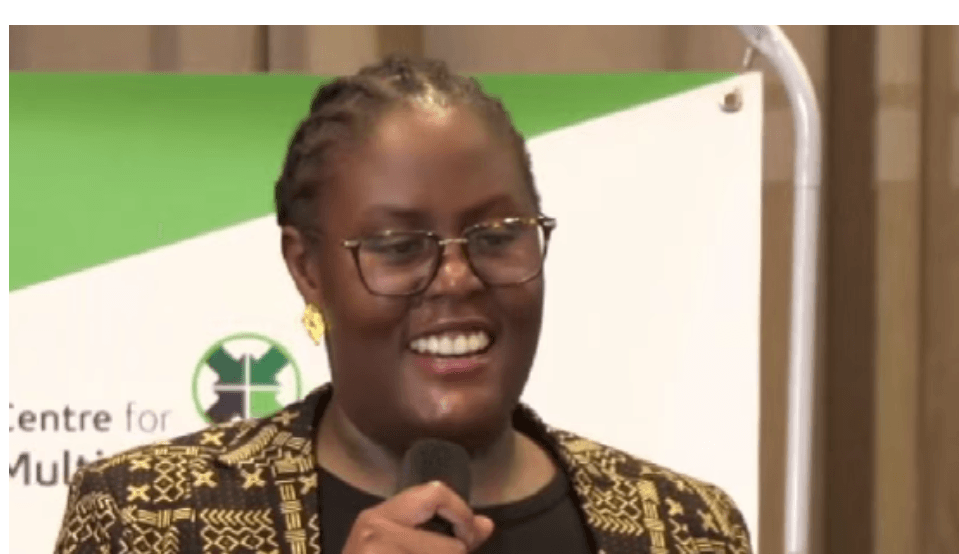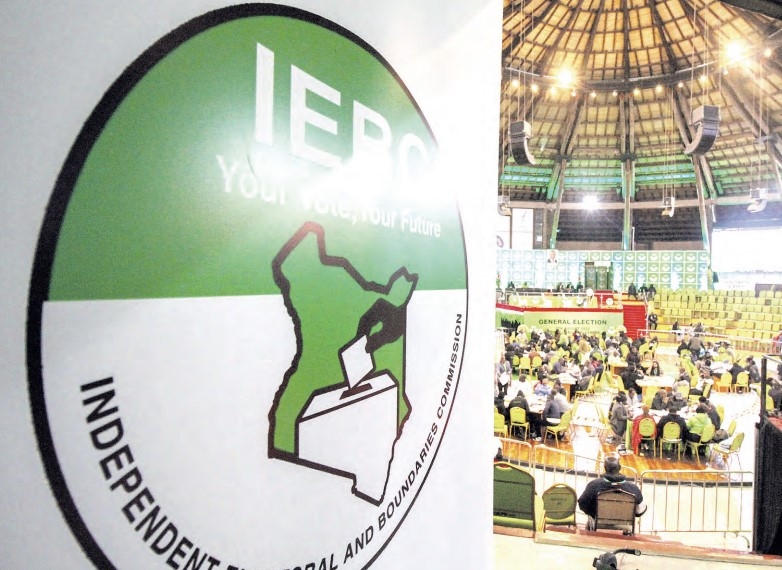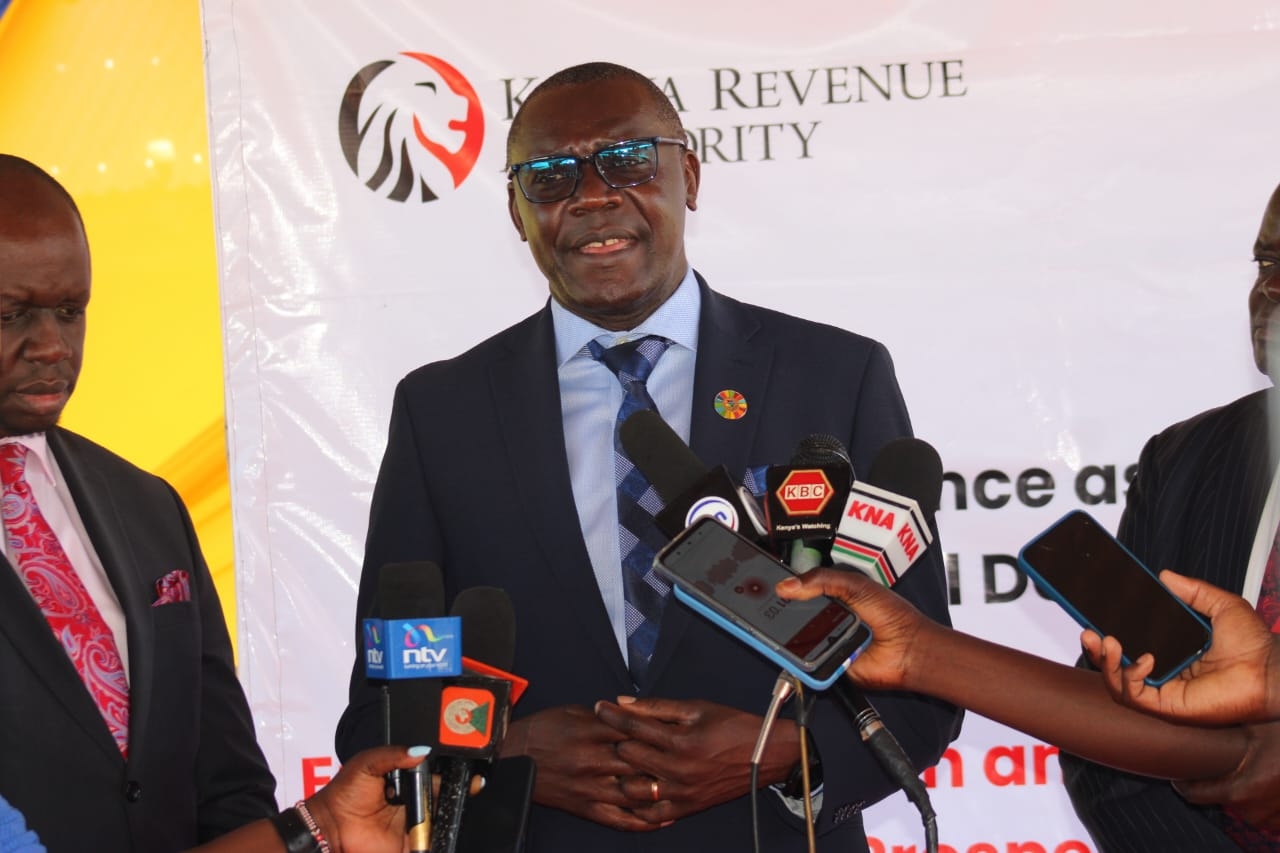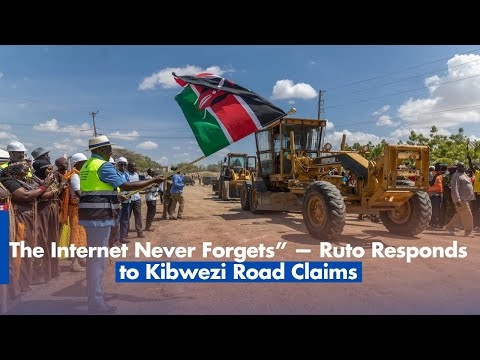
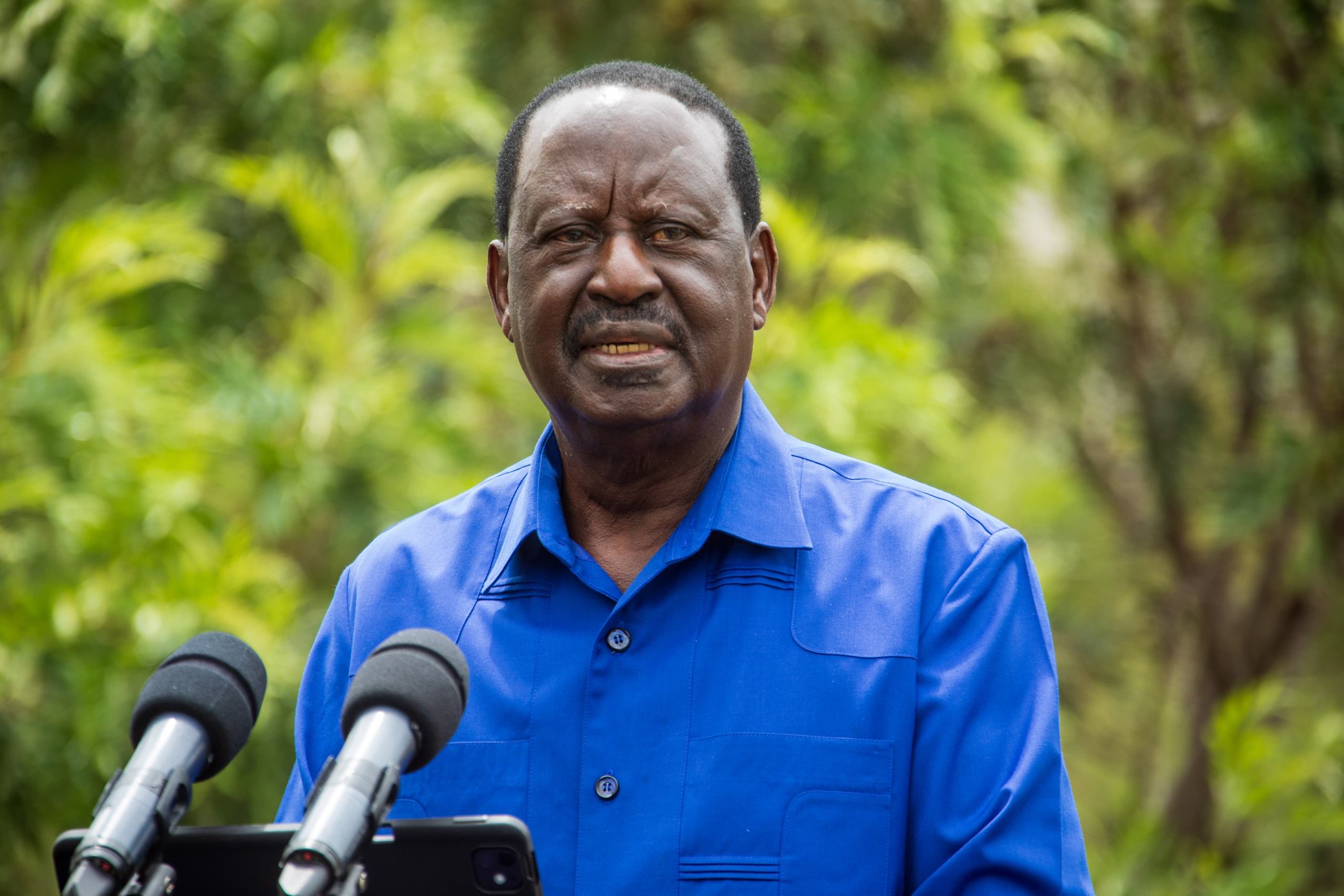
Raila Amolo Odinga passed away on October 15, 2025, in India, where he was undergoing treatment. He was 80. His burial will take place on October 19, 2025, in his hometown of Bondo.
For over four decades, Raila bestrode Kenya’s political landscape like few others ever have — a man whose name became synonymous with opposition politics, reform, and resilience.
But even the most seasoned political gladiators faced seasons of defeat and disillusionment.
From detention without trial to repeated electoral heartbreaks, Odinga’s journey was punctuated by moments that tested his resolve, reshaped his image, and defined his place in Kenya’s political history.
Here are ten of the lowest — yet defining — moments in the political life of Raila Odinga.
1. Detention After the 1982 Failed Coup Attempt
In August 1982, following a failed coup by a section of the Kenya Air Force officers against President Daniel Arap Moi, Raila was arrested and accused of treason. The government accused him of being part of the plotters, an allegation he consistently denied.
He was detained without trial for six years under harsh conditions, facing isolation and torture. Though never convicted, the detention profoundly shaped his political philosophy, deepening his conviction for multi-party democracy.
2. Political Frustrations in the Early 1990s
Upon his release, Raila joined the clamour for multi-party democracy. However, his alliance with FORD-Kenya under his father, Jaramogi Oginga Odinga, was short-lived. After Jaramogi died in 1994, Raila’s succession bid triggered internal wrangles within FORD-Kenya, costing him control of the party and leaving him politically isolated.
3. The 1997 Presidential Election Defeat
Raila’s first attempt at the presidency in 1997 under the National Development Party (NDP) ended in disappointment. He finished third behind Daniel Arap Moi and Mwai Kibaki. The election underscored his limited national reach at the time and marked his emergence as a strong but still peripheral national contender.
4. The Failed Alliance with KANU (2001–2002)
Seeking political survival, Raila merged his NDP with Moi’s ruling KANU in 2001. The alliance, however, backfired when Moi bypassed him and instead anointed Uhuru Kenyatta as his preferred successor. Feeling betrayed, Raila led a mass defection that eventually formed the National Rainbow Coalition (NARC), but the episode dented his credibility among some opposition supporters.
5. Rift with Kibaki After the 2005 Constitutional Referendum
After the NARC victory in 2002, Raila served as Roads Minister under President Mwai Kibaki. But their relationship soured over unmet reform promises and power-sharing disputes.
The fallout climaxed during the 2005 constitutional referendum, where Raila led the “No” campaign that defeated Kibaki’s proposal. The rift led to his dismissal from the Cabinet and split the government coalition.
6. The 2007 Election Dispute and Post-Election Violence
The 2007 presidential election marked one of Kenya’s darkest moments. Raila, then leading the Orange Democratic Movement (ODM), disputed the results that declared Kibaki the winner. The dispute sparked nationwide violence that left more than 1,000 people dead and hundreds of thousands displaced.
Although Raila later became Prime Minister in a power-sharing deal brokered by former UN Secretary-General Kofi Annan, the violence left a lasting scar on his political journey and Kenya’s history.
7. The 2013 Presidential Election Loss
In 2013, Raila faced Uhuru Kenyatta in the first election under the new Constitution. Despite a spirited campaign, he lost and challenged the results at the Supreme Court. His petition was dismissed, and he conceded, but critics within his camp viewed the legal challenge as weak and poorly executed. The loss dimmed his immediate political momentum.
8. The 2017 Election Annulment and Boycott
The 2017 general election was historic after the Supreme Court annulled the presidential results — a first in Africa. However, Raila’s decision to boycott the repeat election, citing a lack of electoral reforms, left him politically cornered. His supporters were demoralised, and the subsequent loss of life in post-election protests further deepened the sense of defeat.
9. The Collapse of the Building Bridges Initiative (BBI)
After his 2018 “Handshake” with President Uhuru Kenyatta, Raila co-sponsored the Building Bridges Initiative — a constitutional reform process meant to address governance and inclusivity issues. The initiative was, however, nullified by the courts, which ruled aspects of it unconstitutional. The collapse was seen as a major political blow that eroded trust among his traditional base.
10. The 2022 Presidential Election Loss and AU Chairmanship Defeat
Raila’s fifth presidential bid in 2022, backed by outgoing President Kenyatta under the Azimio la Umoja coalition, ended in another narrow loss — this time to William Ruto. The Supreme Court upheld the results, cementing another chapter of political disappointment.
Two years later, in 2024, Raila sought the African Union Commission Chairmanship but lost, marking a difficult close to a long and eventful political journey.
A Legacy Tempered by Resilience
Despite enduring some of the most bruising setbacks in Kenya’s political history, Raila was one of Africa’s most resilient and influential political figures.
Each low moment, rather than breaking him, seemed to redefine his political identity — from a detainee to reform champion, opposition icon, and symbol of unyielding persistence.


